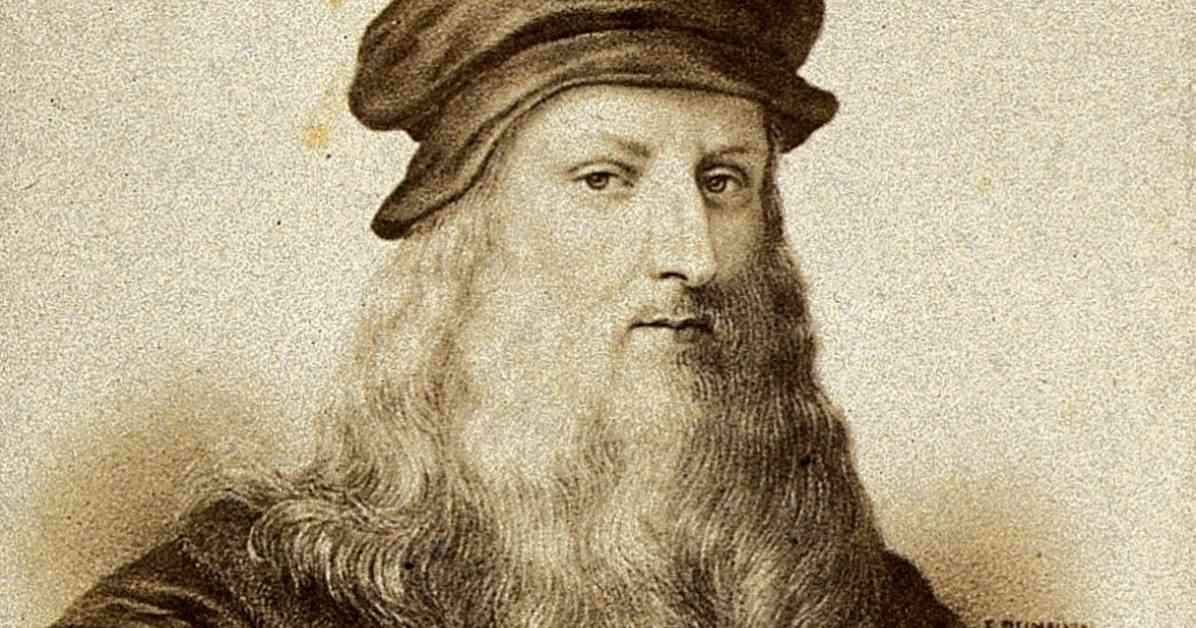Leonardo da Vinci: A Remarkable Tale of Talent and Tenacity
Leonardo da Vinci, the iconic painter and engineer of the Renaissance era, is a figure shrouded in mystery and brilliance. Born out of wedlock to a Florentine notary and a peasant mother, da Vinci’s unconventional upbringing did not hinder his extraordinary journey towards becoming one of history’s most celebrated artists and innovators.
Despite sharing his childhood with 16 half-siblings from his parents’ respective families, da Vinci’s early years were marked by a lack of formal education. While one might assume that a man whose visionary designs inspired groundbreaking inventions like the parachute, the machine gun, and the armored tank must have undergone rigorous academic training, da Vinci’s educational background was surprisingly limited.
Recognizing his son’s inherent talent, da Vinci’s father took a pivotal step by arranging for him to work in the workshop of Andrea del Verrocchio during his adolescence. Under the mentorship of the revered master painter and sculptor, da Vinci embarked on a journey that would shape his lifelong artistic career. However, it is worth noting that his education in mathematics was rudimentary at best. Apart from acquiring basic literacy and numeracy skills, da Vinci’s formal training in mathematics was scant, with a brief stint at a local abacus school to study commercial arithmetic.
It was not until da Vinci reached the age of 40 that he delved into the realm of academic mathematics. In the 1490s, as a middle-aged man, he finally received formal training in mathematics by studying under Luca Pacioli, a close friend of his. This newfound knowledge would go on to inform his later scientific pursuits and technical innovations.
During his later years in Florence in the early 1500s, da Vinci embarked on a profound exploration of science while simultaneously working on his magnum opus, the enigmatic Mona Lisa. His scientific endeavors included an in-depth study of anatomy through human dissection, observations of bird flight patterns, and intricate designs of various machines. As an engineer, da Vinci meticulously documented his ideas and creations across over 5,000 pages of manuscripts, showcasing a wide array of inventions such as hydraulic pumps, a steam cannon, and intricate musical instruments.
Despite his groundbreaking research and inventive spirit, da Vinci’s lack of formal training in Latin and advanced mathematics led contemporary scholars to overlook his work. His empirical approach, rooted in keen observation and precise depiction, stood in stark contrast to the experimental and theoretical methods favored by his peers.
Da Vinci’s unique blend of art and science set him apart from his contemporaries. His ability to seamlessly integrate his artistic sensibilities with scientific inquiry allowed him to perceive the world with unparalleled clarity and curiosity. Without the constraints of formal education, da Vinci relied on his experiences, observations, and experiments to push the boundaries of knowledge and creativity.
In essence, Leonardo da Vinci’s remarkable journey from a self-taught prodigy to a revered master serves as a testament to the enduring power of passion, perseverance, and boundless curiosity. His legacy continues to inspire generations of artists, scientists, and innovators, reminding us that true genius knows no bounds.
Sources: Leonardo da Vinci; Who was Leonardo da Vinci and what can we learn from him?; 6 Things You Don’t Know about Leonardo da Vinci; Leonardo da Vinci
Related Articles:
‘Mona Lisa’ Has a Nearly Identical Painting Created at the Same Time
The Significance of Leonardo da Vinci’s Famous “Vitruvian Man” Drawing
Exhibition Sheds Light on Leonardo da Vinci’s Perfume Passion












